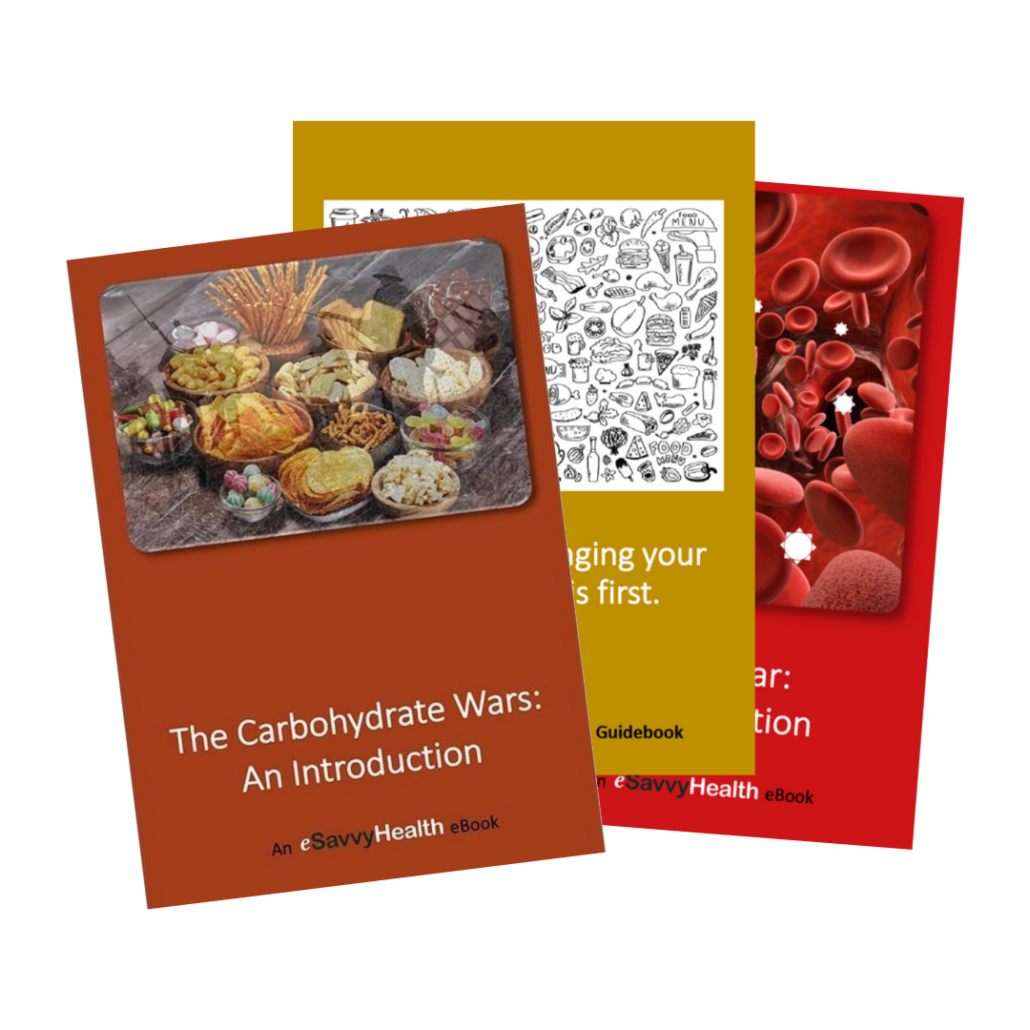Pumpkin spice, you’ve had your time in the sun; it’s time to move over for the flavor icon of the winter holidays: peppermint! Peppermint bark, peppermint mocha, peppermint hot chocolate, peppermint tea, and of course the classic candy cane. It’s theorized that the candy cane was first introduced in 1670 Germany to preoccupy the children during the long nativity performance. Hence, the holiday association. Outside of adding a festive flavor to your favorite snacks or beverages, peppermint can also ring in some health benefits.
Peppermint is a natural hybrid of water mint and spearmint, one of the oldest medicinal herbs and mostly used to aid nausea and indigestion. Originally, candies were medicinal in nature and purpose; sugar and peppermint were often added to the active ingredients to help “make the medicine go down.”
Most studies of peppermint focus on the oil extracted from the plant and its effect on irritable bowel syndrome, although the health benefits extend outside the gut.
Peppermint has multiple chemical compounds that correlate with various health benefits. It contains essential oils such as menthol, menthone, and limonene (It’s the menthol that’s responsible for the cooling effect and refreshing scent). Research has shown peppermint compounds are antiviral, antibacterial, anti-inflammatory, and antispasmodic.
Peppermint has been shown to
- Ease Digestive Issues – it relaxes the digestive system, relieves gas, bloating and indigestion. It’s reported to aid in bile flow and to reduce the tone of the sphincter muscles that open and close the esophagus, thereby aiding in belching. It has been found to be a safe and effective treatment for IBS.
- Be Rich in Polyphenols – it is a plant source of antioxidants, which protect the body from oxidative stress.
- Be Anti-viral, Anti-bacterial, and Antifungal – it aids the immune system in defending against viruses, and helps protect the body against various bacteria and fungi.
- Be Anti-inflammatory – it has a role in the reduction of inflammation.
While the mint found in the produce section is typically spearmint, peppermint is easiest to find in the grocery aisles—either dried, as tea, or as an extract—or in the health supplement aisle as an essential oil. Note that the essential oil is not recommended for direct ingestion. The extract is the combination of the essential oil and alcohol, and is less potent.
‘Tis the season to enjoy peppermint, which may come in handy when you’ve overindulged in holiday feasting.
Peppermint Recipe:
Try adding peppermint to your holidays with this smoothie. It’s reminiscent of a Peppermint Patty, just healthier.
Blend together: 1 banana, 1 c. nut-based milk such as almond, coconut or hemp milk, a handful of fresh mint leaves, 1 c. kale or spinach, ¼ tsp. peppermint extract, 2 T Cacao nibs or dark chocolate chips.
Source: https://www.uchealth.org/today/the-power-of-peppermint/





